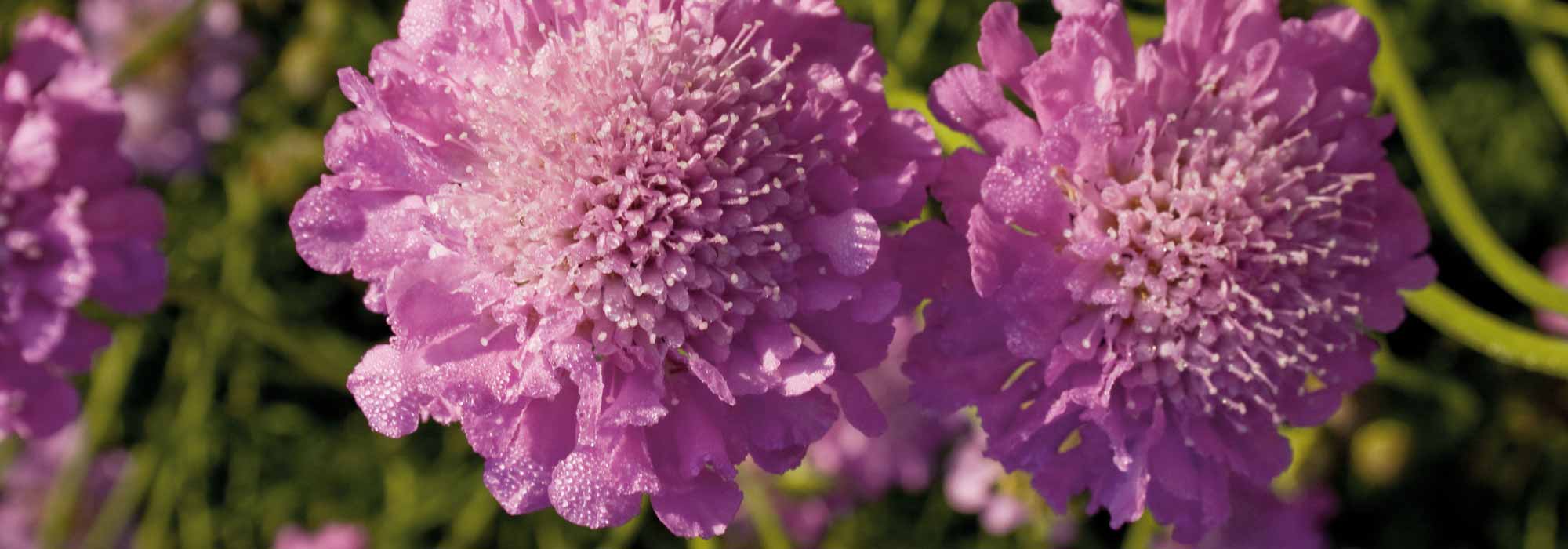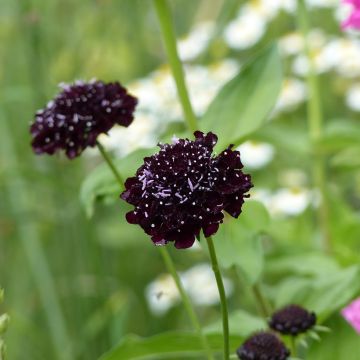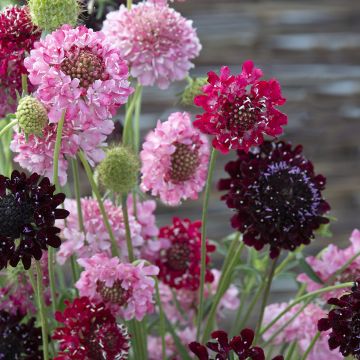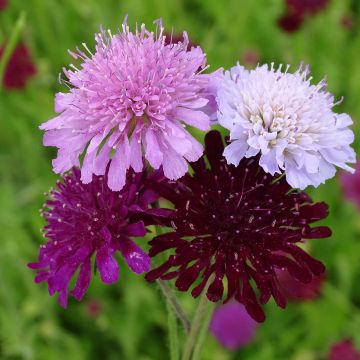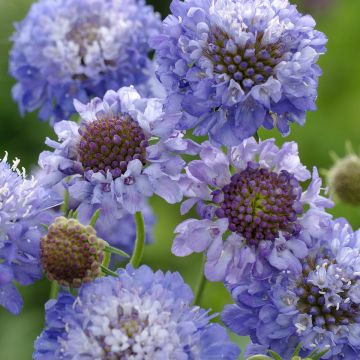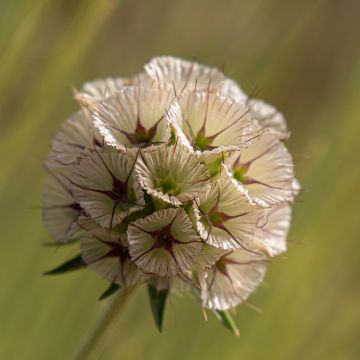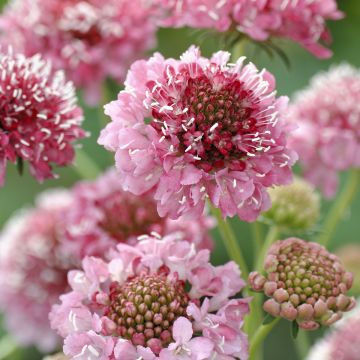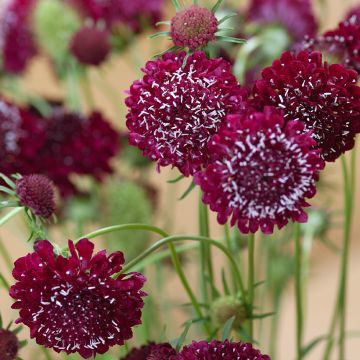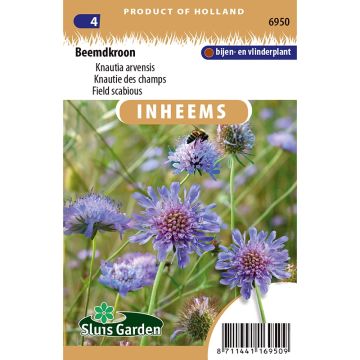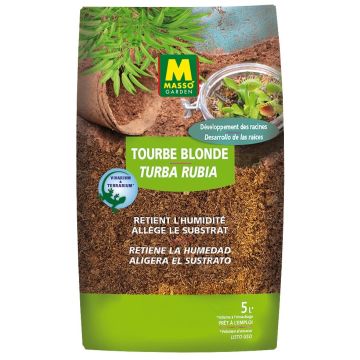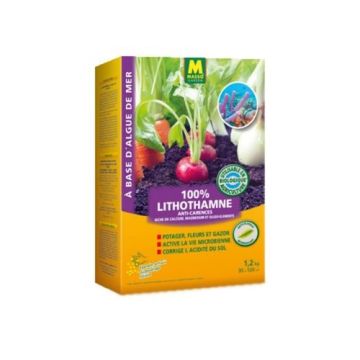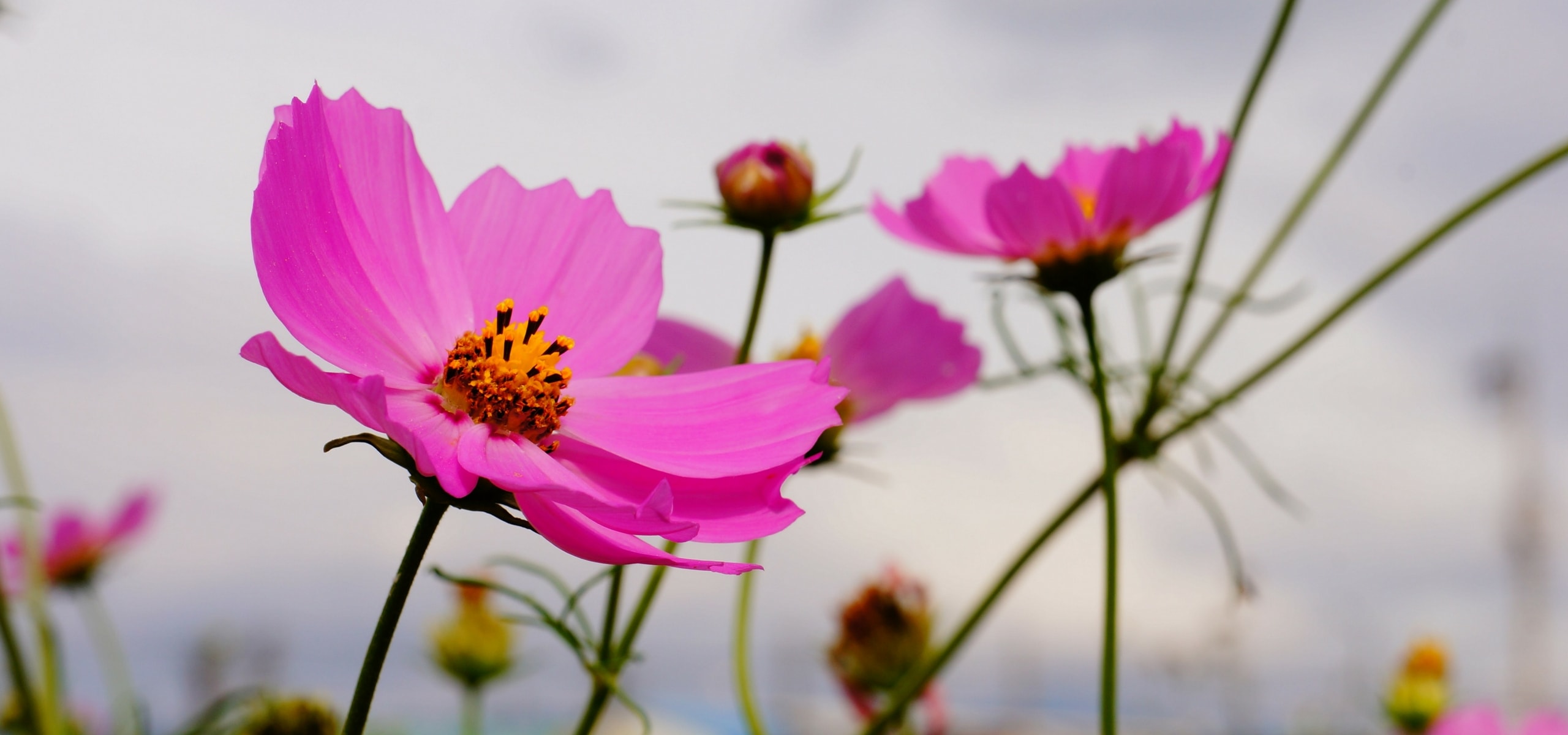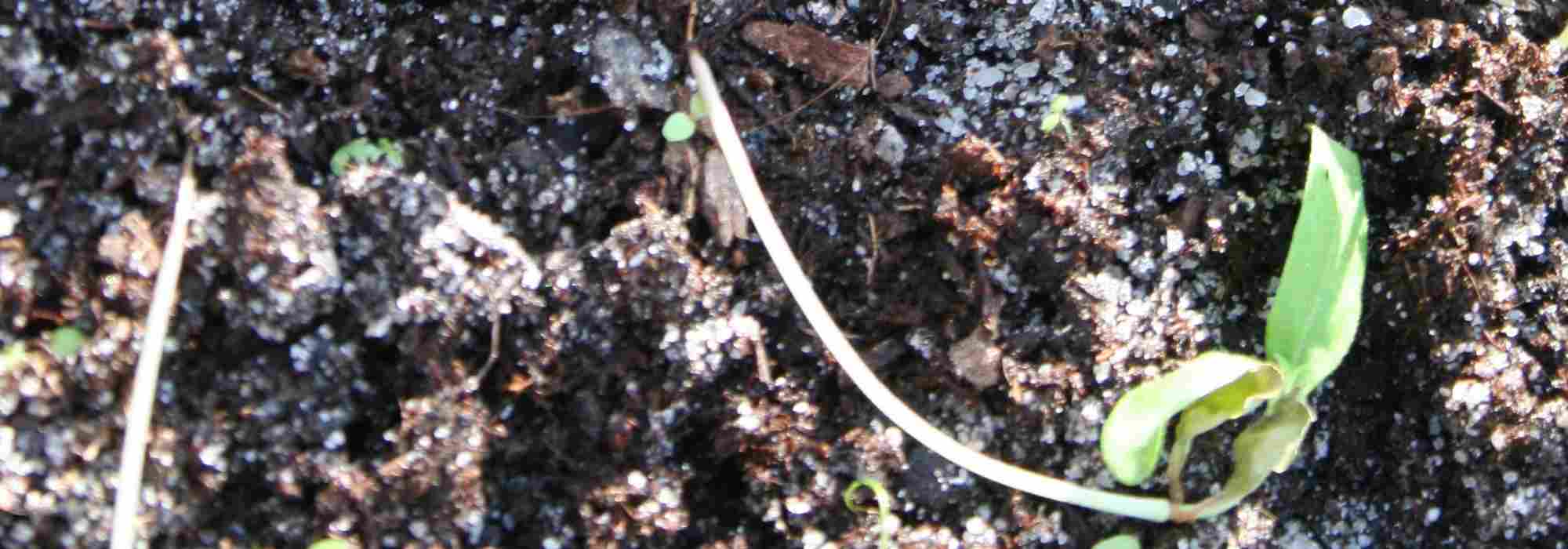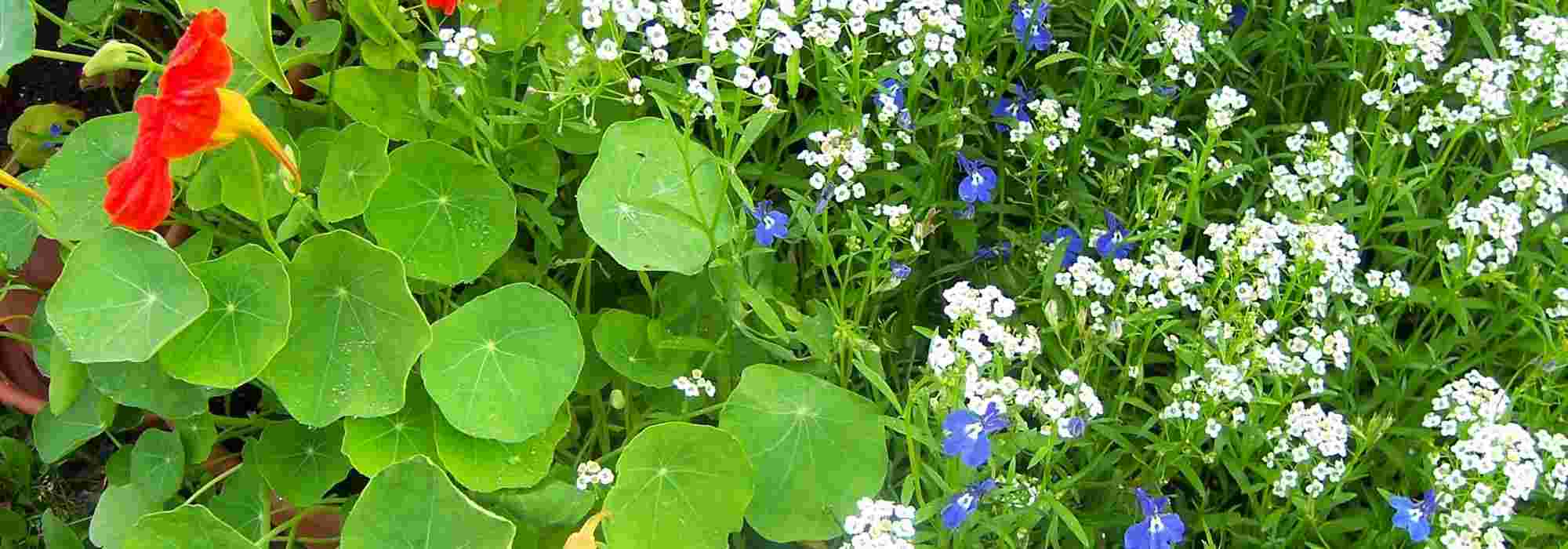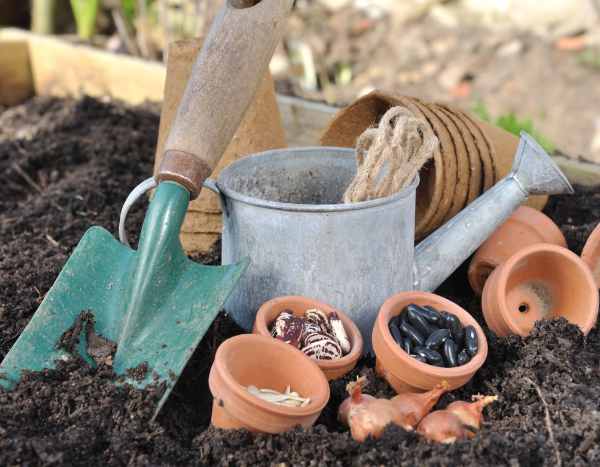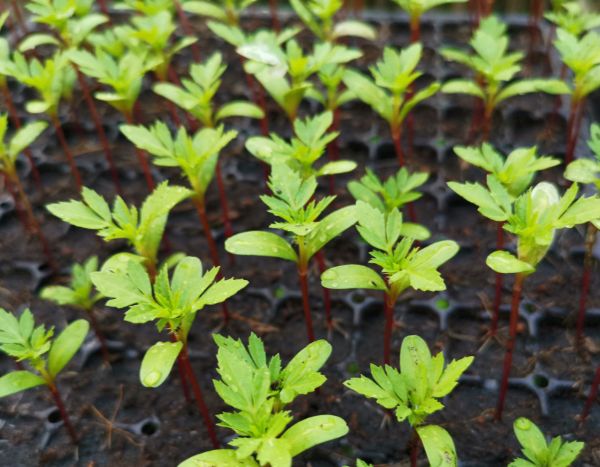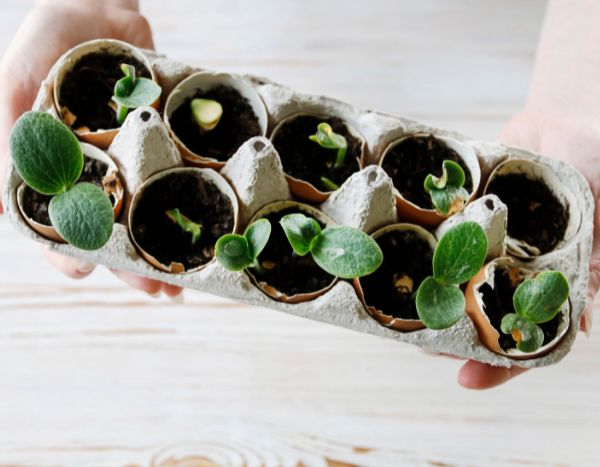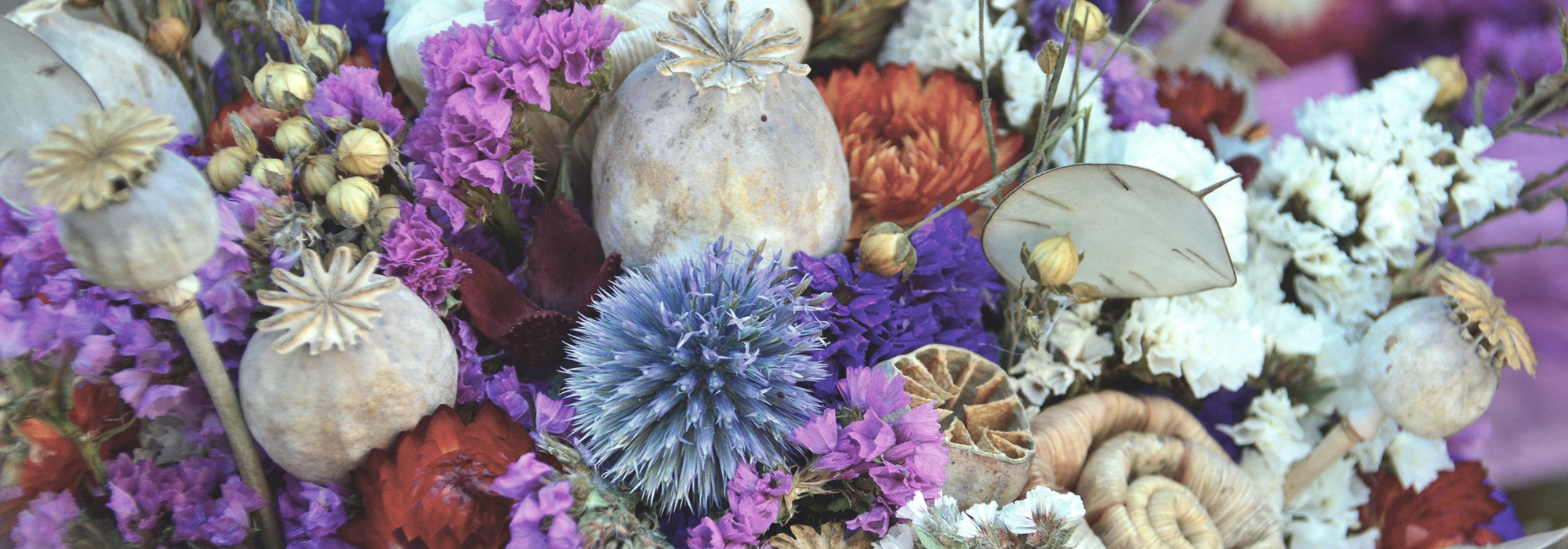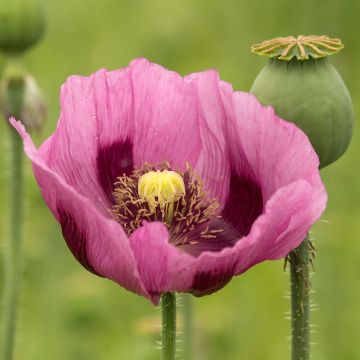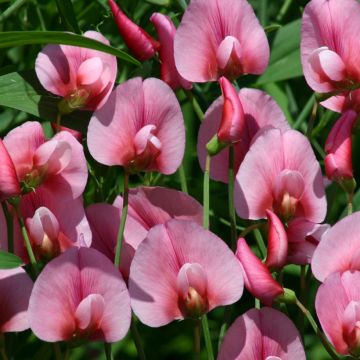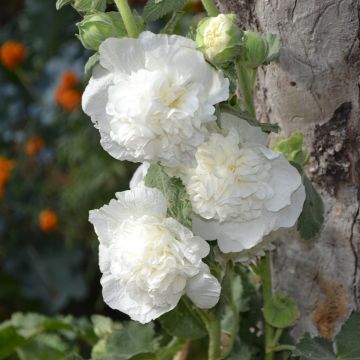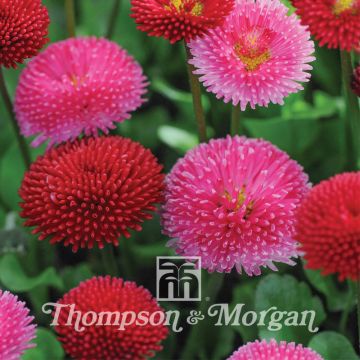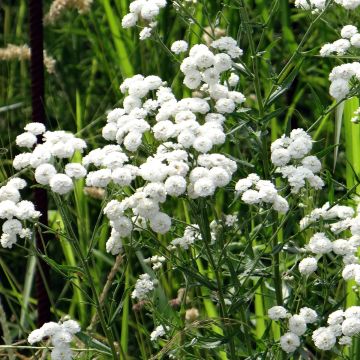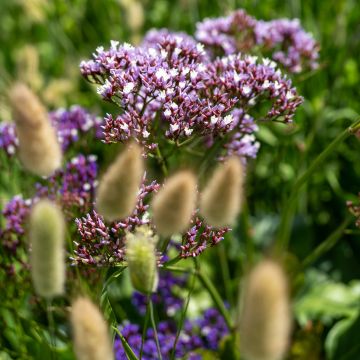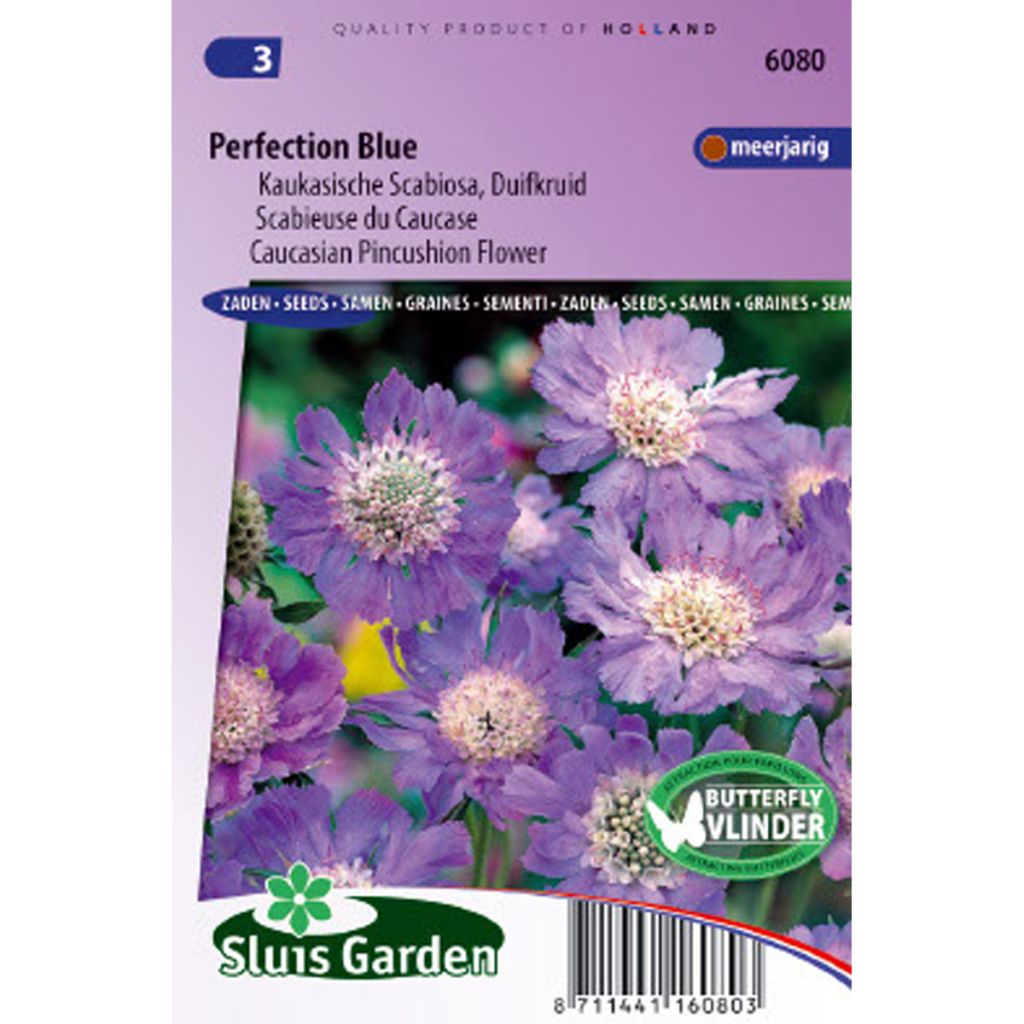

Scabiosa Perfection Blue - Caucasian scabious Seeds
Scabiosa Perfection Blue - Caucasian scabious Seeds
Scabiosa caucasica Perfection Blue
Caucasian Scabious
At first, I thought the bag was empty. Too expensive.
Dominique P., 12/10/2018
Special offer!
Receive a €20 voucher for any order over €90 (excluding delivery costs, credit notes, and plastic-free options)!
1- Add your favorite plants to your cart.
2- Once you have reached €90, confirm your order (you can even choose the delivery date!).
3- As soon as your order is shipped, you will receive an email containing your voucher code, valid for 3 months (90 days).
Your voucher is unique and can only be used once, for any order with a minimum value of €20, excluding delivery costs.
Can be combined with other current offers, non-divisible and non-refundable.
Home or relay delivery (depending on size and destination)
Schedule delivery date,
and select date in basket
This plant carries a 6 months recovery warranty
More information
We guarantee the quality of our plants for a full growing cycle, and will replace at our expense any plant that fails to recover under normal climatic and planting conditions.
Would this plant suit my garden?
Set up your Plantfit profile →
Description
As its name suggests, Scabiosa caucasica Perfection Blue also called Caucasian scabious, is a Caucasian species displaying a perfect shade of lavender-blue that also happens to be a sturdy, reliable perennial. Throughout the summer, it casts out long, solid stems crowned with an inflorescence made up of crumpled petals, encircling a more pinkish dome studded with tiny, precious flowers. This tall variety is perfect for cut flowers, brings a lot of grace to cottage garden beds and a light touch to bolder blooms. Really easy to grow in the sun, in ordinary, well-drained soil.
Caucasian scabious is a plant of the family Caprifoliaceae, or Dipsaceae, that is adapted to the harsh climate of the Caucasus Mountains, Northeastern Turkey and Northern Iran. The variety 'Perfection Blue', from which it originates, is distinguished by its tall growth habit and large inflorescences which make excellent cut flowers. This bushy perennial reaches a height of 60 cm when in flower, and a width of 35 cm. Its foliage is deciduous, lanceolate and while the basal leaves are simple, the other leaves are divided, lobed and are green to glaucous. Flowering takes place throughout the summer, from June to September. The tall, slender and sturdy stems bear inflorescences in the form of flower heads measuring 8 cm in diameter. They consist of a central disc of tiny pinkish lavender flowers, surrounded by a collar of crumpled, bright lavender blue ligulate flowers. The nectar-rich and melliferous blossoms give way to fruits containing only one seed.
This star of gardens of the past has been somewhat neglected these last years but has crept back into the spotlight with intense, new colours such as those displayed by the Perfection Blue variety. They are graceful, elegant and far from being austere as their English name "mournful widow" would suggest. Caucasian scabious are an excellent choice for flowerbeds but also for making bouquets. Combine them with garden pink, love-in-a-mist, cosmos and cornflowers...
Flowering
Foliage
Plant habit
Botanical data
Scabiosa
caucasica
Perfection Blue
Dipsacaceae
Caucasian Scabious
Cultivar or hybrid
Other Scabiosa seeds
View all →Planting and care
Sow Caucasian scabious seeds from late winter to early summer, at a depth of 1.5 mm in a special seed starting mix. Make sure that the soil is moist but not wet and seal the seedlings in a polythene bag until germination, which takes 10 to 30 days at 21-24 °C. Transplant the seedlings when they are large enough to be handled, in trays or 8 cm pots. Plant them in their final positions a little later, spacing them 40 cm apart. Choose fertile, well-drained, rather chalky soil with good sun exposure. Cultivation: Scabious plants thrive in sunny positions, in well-drained soil that allows it to survive winters. It prefers neutral or slightly alkaline soils. Regular but not excessive watering will accelerate its growth. The regular removal of wilted flowers will encourage a longer flowering period. This plant self-seeds easily in light soil, but the plants produced do not always reproduce faithfully the traits of their parents.
Sowing period
Intended location
Planting & care advice
-
, onOrder confirmed
Reply from on Promesse de fleurs
Similar products
Haven't found what you were looking for?
Hardiness is the lowest winter temperature a plant can endure without suffering serious damage or even dying. However, hardiness is affected by location (a sheltered area, such as a patio), protection (winter cover) and soil type (hardiness is improved by well-drained soil).

Photo Sharing Terms & Conditions
In order to encourage gardeners to interact and share their experiences, Promesse de fleurs offers various media enabling content to be uploaded onto its Site - in particular via the ‘Photo sharing’ module.
The User agrees to refrain from:
- Posting any content that is illegal, prejudicial, insulting, racist, inciteful to hatred, revisionist, contrary to public decency, that infringes on privacy or on the privacy rights of third parties, in particular the publicity rights of persons and goods, intellectual property rights, or the right to privacy.
- Submitting content on behalf of a third party;
- Impersonate the identity of a third party and/or publish any personal information about a third party;
In general, the User undertakes to refrain from any unethical behaviour.
All Content (in particular text, comments, files, images, photos, videos, creative works, etc.), which may be subject to property or intellectual property rights, image or other private rights, shall remain the property of the User, subject to the limited rights granted by the terms of the licence granted by Promesse de fleurs as stated below. Users are at liberty to publish or not to publish such Content on the Site, notably via the ‘Photo Sharing’ facility, and accept that this Content shall be made public and freely accessible, notably on the Internet.
Users further acknowledge, undertake to have ,and guarantee that they hold all necessary rights and permissions to publish such material on the Site, in particular with regard to the legislation in force pertaining to any privacy, property, intellectual property, image, or contractual rights, or rights of any other nature. By publishing such Content on the Site, Users acknowledge accepting full liability as publishers of the Content within the meaning of the law, and grant Promesse de fleurs, free of charge, an inclusive, worldwide licence for the said Content for the entire duration of its publication, including all reproduction, representation, up/downloading, displaying, performing, transmission, and storage rights.
Users also grant permission for their name to be linked to the Content and accept that this link may not always be made available.
By engaging in posting material, Users consent to their Content becoming automatically accessible on the Internet, in particular on other sites and/or blogs and/or web pages of the Promesse de fleurs site, including in particular social pages and the Promesse de fleurs catalogue.
Users may secure the removal of entrusted content free of charge by issuing a simple request via our contact form.
The flowering period indicated on our website applies to countries and regions located in USDA zone 8 (France, the United Kingdom, Ireland, the Netherlands, etc.)
It will vary according to where you live:
- In zones 9 to 10 (Italy, Spain, Greece, etc.), flowering will occur about 2 to 4 weeks earlier.
- In zones 6 to 7 (Germany, Poland, Slovenia, and lower mountainous regions), flowering will be delayed by 2 to 3 weeks.
- In zone 5 (Central Europe, Scandinavia), blooming will be delayed by 3 to 5 weeks.
In temperate climates, pruning of spring-flowering shrubs (forsythia, spireas, etc.) should be done just after flowering.
Pruning of summer-flowering shrubs (Indian Lilac, Perovskia, etc.) can be done in winter or spring.
In cold regions as well as with frost-sensitive plants, avoid pruning too early when severe frosts may still occur.
The planting period indicated on our website applies to countries and regions located in USDA zone 8 (France, United Kingdom, Ireland, Netherlands).
It will vary according to where you live:
- In Mediterranean zones (Marseille, Madrid, Milan, etc.), autumn and winter are the best planting periods.
- In continental zones (Strasbourg, Munich, Vienna, etc.), delay planting by 2 to 3 weeks in spring and bring it forward by 2 to 4 weeks in autumn.
- In mountainous regions (the Alps, Pyrenees, Carpathians, etc.), it is best to plant in late spring (May-June) or late summer (August-September).
The harvesting period indicated on our website applies to countries and regions in USDA zone 8 (France, England, Ireland, the Netherlands).
In colder areas (Scandinavia, Poland, Austria...) fruit and vegetable harvests are likely to be delayed by 3-4 weeks.
In warmer areas (Italy, Spain, Greece, etc.), harvesting will probably take place earlier, depending on weather conditions.
The sowing periods indicated on our website apply to countries and regions within USDA Zone 8 (France, UK, Ireland, Netherlands).
In colder areas (Scandinavia, Poland, Austria...), delay any outdoor sowing by 3-4 weeks, or sow under glass.
In warmer climes (Italy, Spain, Greece, etc.), bring outdoor sowing forward by a few weeks.






























